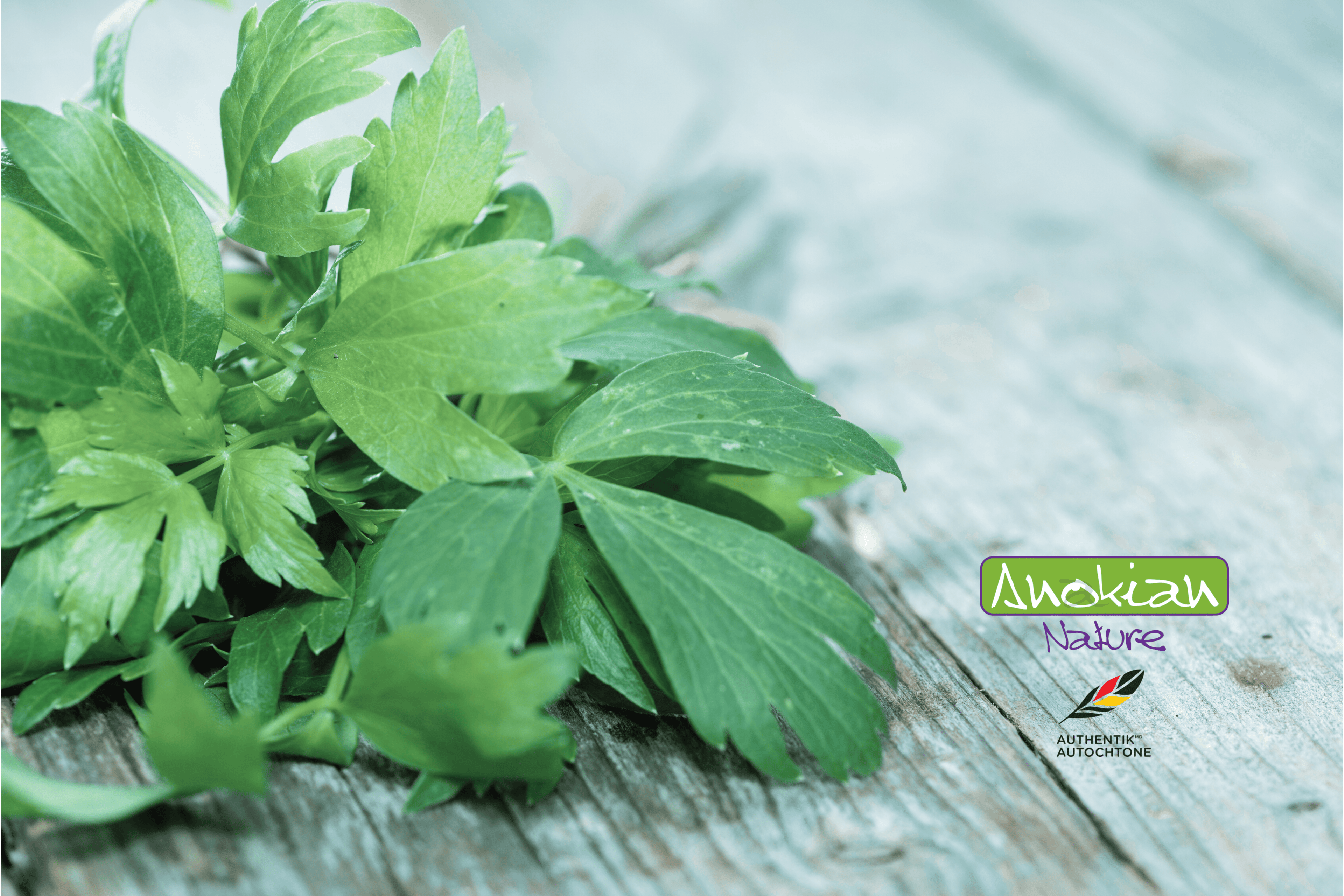Skip to product information










Root | Lovage
$9.75 CAD
Quantity
This lovage root is ideal for growing in the garden or in pots, providing a healthy and vigorous base for a long-lasting aromatic plant.